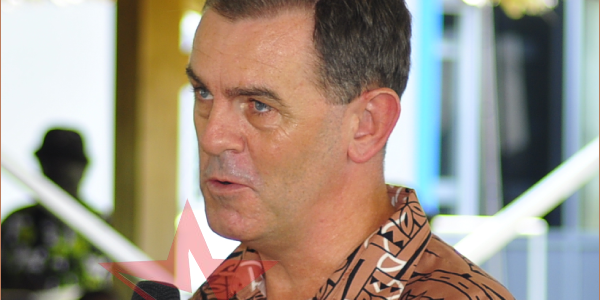Who owns the foreshore?
This is a very big and “hot” topic and I’ll attempt in this article to summarise it as much as possible. It’s a vexed question and even the High Court has made different conclusions, that land covered by water, below highwater mark (what we would call “the sea”) is either vested in the government / Crown, or alternatively it can be customary if proven as at 1st January 1969 (the date of commencement of the Land and Titles Act). One thing is for certain: there is a lot of confusion, and the Law Reform Commission recommended back in 2012 that the law needs to be reviewed and made clearer.
Officials have in recent years made the assumption that land below highwater mark is customary without needing to refer back to 1969, and they have facilitated land acquisitions and registrations. The result is that the entire body of water adjacent to Honiara from White River to Ranadi and even into Guadalcanal Province as far as Alligator Creek has been “acquired”. The problem is, the acquisition process was not fully publicised, the Acquisition Officer was sponsored by one group of purported landowners so was not merely an agent of the Commissioner of Lands, and there was no resulting lease registered to the Commissioner of Lands, so no actual “acquisition” as apparently intended. In reality, the purported landowners simply wanted to make deals with developers or force people who owned the land adjacent to the water to take leases over the water adjacent to their land parcels. That was not the purpose of the intended “acquisition”. The High Court has recently labelled the acquisition of the Honiara foreshore a “sham” and indeed it was. With no government acquisition, it’s become a fight and negotiation between private interests to see who has legal rights to bring barges onto the shore at Ranadi and Henderson. The government and original landowners are excluded, and there is no public access to the city’s foreshore.
Returning to the Law Reform Commission report, it recommended that the Land and Titles Act be amended to clarify that land below highwater mark should be regarded as tribal land unless it is registered, and scrapping the 1969 proof of ownership requirement, although it said that existing rights of passage and recreation should be preserved. Unfortunately, no action was taken to implement the LRC’s recommendations until now. Cabinet sought to prevent and deregister privately held parcels below highwater mark and to introduce reforms to recognise customary ownership below highwater mark on three separate occasions, in 2013, 2017 and 2018. A Bill has now been drafted in accordance with the policy approved by Cabinet which aims to make it abundantly clear in law that “land” below highwater mark is customary and that it is not “land” in the sense of the Land and Titles Act, therefore it can never be registered, alienated, subdivided or leased out. The Bill goes even further than the LRC report in also seeking to deregister any privately-owned parcels below highwater mark and return them to being customary. Provisions are there however for anyone who has already built a jetty or reclamation works to apply for ownership of the newly created areas above highwater mark, but anything they owned below highwater mark will be deregistered. Anyone wishing to use customary waters must, in future, secure the permission of the customary landowners, and this can be in the form of a MOU or MOA and not a registered interest.
We have started consultation on the draft Bill by visiting Buala and Kia in Isabel Province, and the Attorney General’s Chamber. We have many more meetings to come. It is our hope that this Bill will receive widespread support in that it seeks to finally implement the LRC recommendations and to clarify in law that everything below the highwater mark around the country is customary and cannot be registered or alienated, and will remain customary forever and ever, AMEN!
Alan McNeil
Commissioner of Lands



